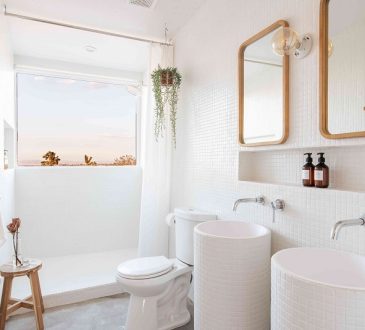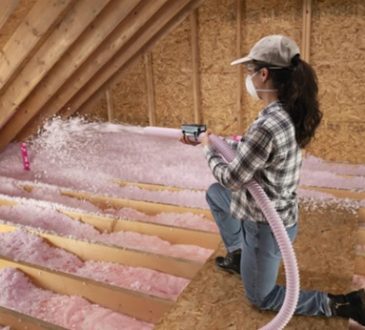
Choosing the right flooring is essential to enhance your home’s aesthetics, comfort, and functionality. With so many flooring options available, selecting the perfect type for each room can feel overwhelming. Every room has different requirements based on usage, moisture levels, foot traffic, and style preferences. This guide will help you understand key factors and recommend flooring types best suited for each space in your home.
Consider Room Function and Foot Traffic
The first step in choosing flooring is understanding how each room is used. High-traffic areas like hallways and living rooms require durable, easy-to-clean materials, while bedrooms can accommodate softer, more comfortable flooring options. Kitchen and bathrooms need water-resistant surfaces, and basements demand moisture-resistant flooring solutions.
Living Room Flooring: Balance Style and Durability
The living room is often the heart of the home, where style meets function. Hardwood flooring remains a popular choice for living rooms due to its timeless appeal and durability. Engineered wood is an excellent alternative if you want the look of hardwood with added moisture resistance.
If you prefer something warmer and cozier, consider carpet or area rugs over hardwood or laminate floors. Luxury vinyl planks (LVP) are also gaining popularity for their durability and wide variety of designs that mimic natural wood or stone.
Kitchen Flooring: Prioritize Water Resistance and Easy Maintenance
Kitchens are prone to spills, stains, and heavy foot traffic. Therefore, water-resistant and easy-to-clean flooring is essential. Porcelain or ceramic tiles are top choices because they are waterproof, durable, and come in endless designs.
Vinyl flooring is another great option. Modern luxury vinyl tiles offer waterproof surfaces and mimic natural materials without the high cost. Avoid hardwood in kitchens unless it’s well-sealed engineered wood, as excessive moisture can damage traditional hardwood floors.
Bathroom Flooring: Waterproof and Slip-Resistant
Bathrooms demand flooring that can withstand constant moisture and humidity. Porcelain and ceramic tiles are industry favorites due to their water resistance, durability, and slip-resistant finishes.
For a softer feel underfoot, you can also consider vinyl flooring, which is waterproof and available in stylish designs. Avoid carpet or hardwood in bathrooms to prevent mold, mildew, and warping.
Bedroom Flooring: Comfort and Warmth Are Key
Bedrooms are your personal sanctuary, so comfort is crucial. Carpet remains a favored choice here due to its softness, warmth, and noise-reducing qualities. It also adds insulation during colder months.
If you prefer hard surfaces, hardwood or engineered wood flooring paired with plush area rugs can offer the perfect balance of elegance and comfort. Cork flooring is another excellent choice, offering natural warmth and softness while being eco-friendly.
Basement Flooring: Handle Moisture and Temperature Fluctuations
Basements typically have higher humidity and cooler temperatures, so moisture resistance is critical. Avoid hardwood and carpet in below-grade spaces unless properly treated.
Vinyl flooring is ideal for basements, providing waterproof, durable, and stylish options. Additionally, engineered wood designed for moisture-prone areas can work if combined with proper subfloor preparation.
Epoxy flooring is a popular choice for utility basements or home gyms, offering a tough, moisture-resistant surface.
Entryway and Hallway Flooring: Durable and Easy to Clean
Entryways and hallways see heavy foot traffic and exposure to dirt and moisture. Choose flooring that’s durable, scratch-resistant, and easy to maintain.
Porcelain or ceramic tiles and luxury vinyl planks are great options. Natural stone offers elegance but requires sealing and maintenance. Avoid delicate flooring types here to ensure longevity.
Consider Style and Color Cohesion
While functionality is critical, flooring should also complement your home’s style. Lighter flooring can make small rooms appear larger, while darker tones add warmth and sophistication. Consistent flooring throughout open-plan spaces creates flow, while contrasting flooring can define separate areas.
Budget and Installation
Finally, consider your budget and installation preferences. Some materials like hardwood and natural stone are more expensive upfront and require professional installation. Vinyl and laminate offer budget-friendly, DIY-friendly options without sacrificing style.
Conclusion
Choosing the perfect flooring for every room involves balancing style, durability, maintenance, and budget. By considering the specific needs of each space — from moisture levels to foot traffic — you can select flooring Dubai that enhances both the beauty and function of your home. Whether you opt for timeless hardwood, practical vinyl, or cozy carpet, the right flooring will create a welcoming environment that suits your lifestyle perfectly.




